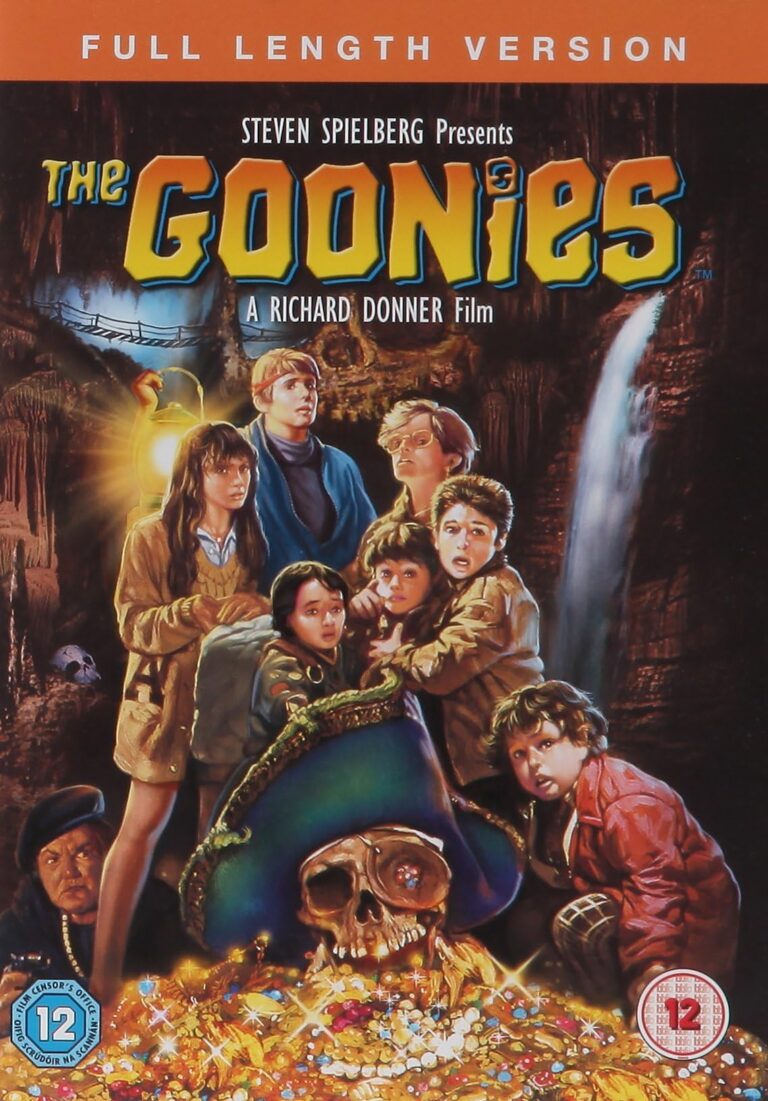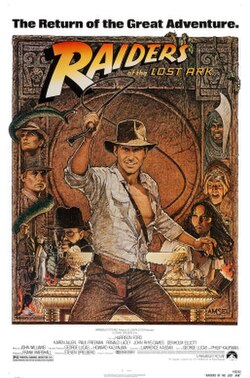
Introduction
The release of Jurassic Park 30 years ago marked a turning point in both the film industry and our understanding of paleontology. Directed by Steven Spielberg and based on Michael Crichton’s novel, the movie not only captivated audiences with groundbreaking visual effects but also reignited interest in dinosaurs and prehistoric life. The relevance of this cinematic masterpiece continues to resonate today as it influences scientific discussions, pop culture, and the entertainment industry.
The Evolution of Visual Effects
When Jurassic Park premiered in 1993, it showcased pioneering CGI that forever changed how films were produced. The lifelike dinosaurs captured the imagination of millions, creating a sense of realism that had not been seen before. This technological leap set a new standard, leading to the evolution of visual storytelling in cinema. In subsequent years, technology has only improved, with the latest installments of the franchise using advanced motion capture and CGI to craft even more realistic creatures.
Paleontological Insights
Beyond its entertainment value, Jurassic Park has sparked significant discussions in the scientific community. The film popularized paleontology and raised public awareness of dinosaur species, their habitats, and extinction theories. Notably, paleontologists have pointed out that the film’s depiction of dinosaurs, particularly their appearance and behaviors, has undergone scrutiny and revision due to ongoing fossil discoveries. For example, recent studies suggest that many dinosaurs had feathers, a detail not included in the original film but explored in later installments.
Impact on Pop Culture and Education
The influence of Jurassic Park extends beyond the screen, as it has permeated pop culture through merchandise, theme park attractions, and video games. The franchise’s immersive experiences have allowed fans to engage with dinosaurs in a more interactive way, bridging the gap between entertainment and education. Museums and schools have taken advantage of this fascination, using the film as a platform to teach students about paleontology, conservation, and the importance of biodiversity.
Conclusion
As we celebrate Jurassic Park‘s 30-year legacy, it is essential to recognize its dual role as a cultural phenomenon and a catalyst for scientific discourse. Its impact is evident in the continued interest in dinosaurs, the advancement of film technology, and engaging educational initiatives. Looking ahead, the franchise shows no signs of slowing down, with new films and series in the pipeline, promising to inspire future generations with the wonders of the prehistoric world.




